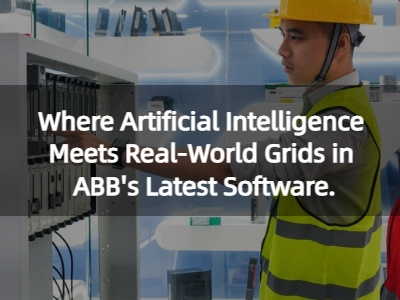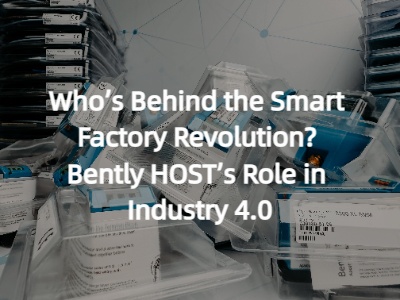Artificial Intelligence (AI) is no longer just a buzzword—it’s a game-changing force in manufacturing. By leveraging machine learning, predictive analytics, and automation, factories are becoming smarter, faster, and more efficient. From predictive maintenance to AI-powered robotics, manufacturers are embracing AI to reduce costs, enhance quality, and optimize operations. As Industry 4.0 accelerates, AI is proving to be a key driver of innovation and competitiveness in the sector.
Key AI Applications Reshaping Manufacturing
AI is being integrated into various aspects of manufacturing, solving long-standing challenges and unlocking new efficiencies. Here are the top AI applications transforming the industry:
Predictive Maintenance – AI analyzes sensor data to predict equipment failures before they happen, reducing downtime and repair costs.
Robotic Process Automation (RPA) – AI-driven robots handle repetitive tasks with superhuman precision, continuously improving over time.
Supply Chain Optimization – AI forecasts demand, detects disruptions, and optimizes inventory in real time.
AI-Powered Quality Control – Computer vision systems inspect products faster and more accurately than human workers, minimizing defects.
Real-World Examples of AI Success in Manufacturing
Leading manufacturers are already harnessing AI’s potential with impressive results:
General Electric (GE) – Uses AI for predictive maintenance, cutting unplanned downtime and boosting reliability.
Siemens – Integrates AI into automation systems to reduce waste and improve efficiency.
BMW – Deploys AI-powered robots for welding, painting, and assembly, enhancing precision and productivity.
These success stories prove that AI isn’t just theoretical—it’s delivering real, measurable benefits today.
Challenges in AI Adoption for Manufacturers
Despite its advantages, AI adoption in manufacturing comes with hurdles:
High Initial Costs – AI implementation requires significant investment in technology and workforce training.
Data Security Risks – AI relies on vast amounts of sensitive data, necessitating strong cybersecurity measures.
Workforce Adaptation – Automation raises concerns about job displacement, but reskilling programs can help employees transition into AI-augmented roles.
Addressing these challenges is crucial for manufacturers to fully capitalize on AI’s potential
The Future of AI in Manufacturing: What’s Next?
The next wave of AI innovation in manufacturing includes:
Smart Factories (AI + IoT) – Machines will communicate autonomously, optimizing production in real time.
Edge AI for Faster Decisions – Processing data locally (at the "edge") reduces latency and improves responsiveness.
Collaborative Robots (Cobots) – AI-powered cobots will work alongside humans, enhancing efficiency and safety.
These advancements will push manufacturing into a new era of autonomous, data-driven operations.
Conclusion: AI is the Future of Smart Manufacturing
AI is revolutionizing manufacturing, delivering higher efficiency, lower costs, and better quality. While challenges like costs and workforce adaptation exist, the long-term benefits make AI adoption essential. Companies that embrace AI now will gain a competitive edge, while those that delay risk falling behind.
 01/01
01/012025
 01/01
01/012025
 08/12
08/122025
 01/12
01/122025
 27/12
27/122025
 20/12
20/122025
 08/12
08/122025
 05/12
05/122025

32D floor, Guomao building, Hubin South Road, Siming District, Xiamen City, Fujian Province, China.


 IPv6 network supported
IPv6 network supported
Our hours
